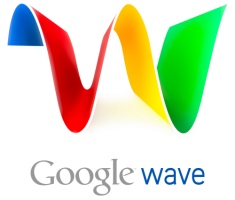The freeze-thaw method of technology integration.
This post springs from 3 things:
- My experiences as Director of E-Learning
- Discussions I’ve had with James Michie and Nick Dennis about #edjournal
- A conversation I’ve just had with colleague Steve Bailey about ‘cloud’ apps from a records management perspective
The further down the rabbit-hole I go, the more reports I read, and as I talk to increasing numbers of educational technology leaders, I’m realising how problematic my actions as a standard classroom teacher actually were. Why? Well as a ‘maverick’ my actions on a small scale could potentially have undermined the larger-scale roll-out of technology in that institution. I acted in a somewhat cavalier manner to legal issues and could potentially have affected cultural acceptance of educational technology writ large.
I’m going to propose a 10-stage ‘freeze-thaw model’ of technology integration. It goes something like this:
- Draw up a list of minimum specifications.
- Explore the app/service/solution that has most traction.
- Talk to people who can do ‘due diligence’ regarding the legal side of things (especially terms & conditions, service level agreements)
- Do some small-scale testing with a pilot group.
- Agree upon how the technology is going to be used.
- ‘Freeze’ it – i.e. no more new features for a given amount of time (e.g. a term or academic year)
- Discuss new features and have pilot groups.
- ‘Thaw’ it – let people play about with a sandbox and go through due diligence again.
- ‘Re-freeze’ – i.e. add features and then freeze for a given amount of time.
- Repeat.
I’m aware that this goes against almost everything I’ve done before. For example, at the Academy I just opened up all of the tools available with Google Apps Education Edition to see what people did with them. I was pleasantly surprised. But, leaving after a year I didn’t have to deal with the data security, workflow or sustainability aspects of this.
Any type of project that is successful is sustainable in some way. I see the freeze-thaw model as a way of encouraging responsible experimentation. 🙂
Image CC BY jenny downing





![Reblog this post [with Zemanta]](http://img.zemanta.com/reblog_e.png?x-id=9ba8c039-9afb-4668-88c7-9740d6c93dc2)